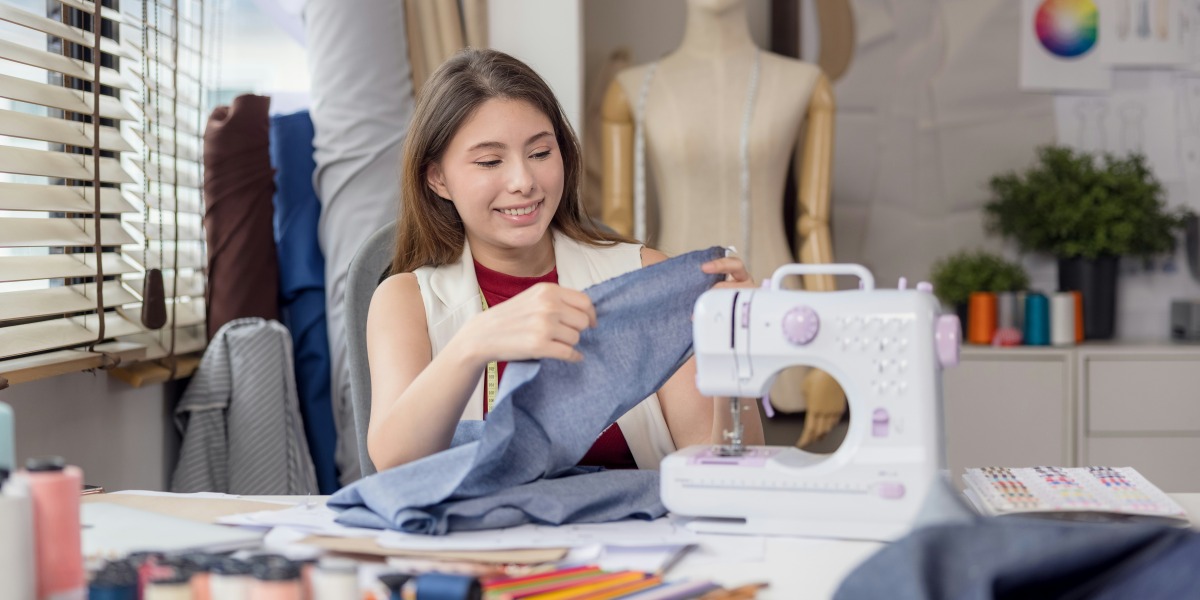Fashion has evolved over the years, but a significant shift in recent times has been the growing emphasis on inclusivity. Inclusivity in fashion, particularly with regard to body positivity and diverse representation, has made a noticeable impact, encouraging more people to embrace their uniqueness and feel seen in the industry. The change is not only seen in the types of models being featured in campaigns but also in how brands are altering their approach to design, marketing, and overall customer engagement. As society becomes more aware of the need for diversity and acceptance, fashion is starting to reflect these values in a more meaningful way.
Why Is Body Positivity Important in Fashion?
The concept of body positivity has been gaining momentum over the last few years, and its importance in fashion cannot be understated. Body positivity challenges long-standing beauty standards that often promoted a singular, narrow idea of what it means to be “beautiful.” For decades, the fashion industry typically showcased models with similar body types, which led many individuals to feel excluded or overlooked. As the demand for representation grew, the industry began to reflect a broader spectrum of body types, moving away from a focus on unrealistic ideals.
Body positivity is vital because it not only encourages a healthier mindset but also helps break down harmful stereotypes. It allows individuals of all shapes and sizes to feel confident in their skin and empowers them to express themselves authentically. As fashion becomes more inclusive, it sends a powerful message that beauty exists in many forms, not just in one specific shape or size. This shift in perspective promotes self-love and helps dismantle societal pressures that often contribute to body image issues.
What Does Diversity in Fashion Mean?

Diversity in fashion extends beyond just body size. It also includes factors such as age, gender, ethnicity, and ability. When the fashion industry embraces diverse representation, it creates an environment where everyone feels included. This helps to combat the traditional notion that certain people are more deserving of attention or recognition based on their physical traits.
The importance of diverse representation in fashion goes beyond just visuals; it influences the designs and choices that are made. When people of all backgrounds are represented, it encourages brands to create collections that cater to a wider range of consumers, ensuring that everyone can find something that fits their unique style. It also pushes designers and marketers to think outside the box and challenge old notions of who their target audience is.
How Are Fashion Brands Incorporating Inclusivity?
Many fashion brands are taking significant strides toward inclusivity by not only diversifying the models they feature but also by adapting their clothing lines to accommodate various body types. The inclusion of plus-size, petite, tall, and other body types in campaigns has become more prevalent. This move ensures that people of all shapes and sizes can see themselves represented in the clothing, which helps build a sense of connection and relatability between consumers and brands.
Additionally, some brands are extending their size ranges and designing clothing that suits a broader spectrum of body types. This approach is more than just about the size labels; it’s about tailoring the fit and making sure that all individuals have the opportunity to enjoy fashion without feeling left out. Brands are also working to incorporate adaptive fashion for individuals with disabilities, making clothing easier to wear and more accessible to everyone.
Beyond product offerings, brands are embracing diverse marketing strategies, showcasing models of different backgrounds, ages, and abilities. Campaigns are more reflective of real-life diversity, offering representation that mirrors society in its full range of identities and experiences. These efforts contribute to a more inclusive fashion world that makes everyone feel valued, no matter who they are.
What Impact Does Inclusivity Have on Consumers?
The shift toward inclusivity has had a profound impact on consumers. For many, seeing themselves reflected in the media and fashion advertising is a crucial aspect of how they perceive themselves and the world around them. Inclusive fashion campaigns have the power to influence how individuals view their own bodies and their sense of self-worth.
The representation of diverse bodies, ages, ethnicities, and abilities helps break down the stereotypes that have long defined beauty and fashion. It fosters a sense of belonging, making people feel seen and understood. This connection can translate into stronger brand loyalty and deeper consumer trust, as individuals tend to gravitate toward brands that resonate with their values and reflect their lived experiences.
Moreover, the growing presence of body positivity and diversity in fashion empowers people to challenge outdated beauty standards and embrace a more open, accepting definition of what beauty can be. As more people see themselves represented in fashion, they begin to realize that their unique features and personal identities are just as valuable as the traditional standards once promoted by the industry.
How Can Fashion Continue to Progress Toward Full Inclusivity?

While the strides made toward inclusivity in fashion are encouraging, there is still work to be done. True inclusivity requires an ongoing commitment to recognizing and addressing the needs of all consumers. Fashion must continue to evolve by designing with a diverse range of bodies and lifestyles in mind, ensuring that no one is left behind. Additionally, fashion companies should avoid tokenism, making sure that their inclusivity efforts are genuine rather than just a trend.
Brands must also strive for greater accessibility, considering not only size and fit but also aspects like affordability and sustainability. As inclusivity expands, the goal is to create a fashion world where people of all backgrounds can find clothing that makes them feel good without compromising on quality or style.
Incorporating inclusivity into fashion requires continuous dialogue and feedback from a broad spectrum of individuals. The industry must listen to consumers, keeping the conversation open and evolving. This ongoing process will ensure that inclusivity in fashion becomes not just a passing phase but a permanent shift in how fashion is designed, marketed, and consumed.









